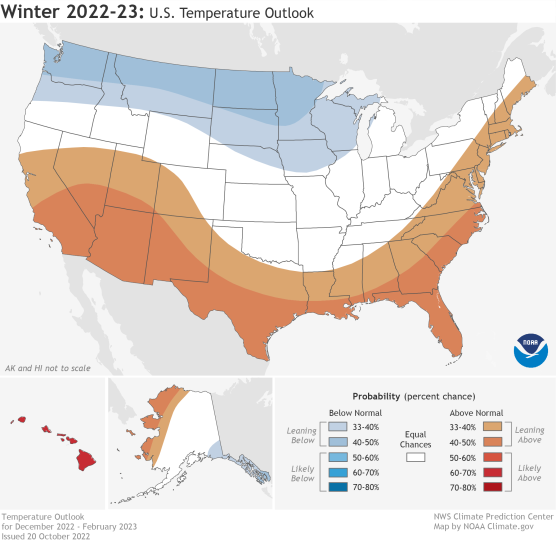Meteorologist Dave Epstein is our go-to person for pressing weather questions on everything from winter blizzards to summer droughts. He’s also a horticulturist, meaning he’s an expert on anything that grows leaves and flowers. GBH's Morning Edition our audience weather and gardening questions, and Dave answered them on air. This transcript has been edited for clarity.
Have a gardening or weather question for meteorologist Dave Epstein? Tweet him @GrowingWisdom , email us at thewakeup@wgbh.org , or text 617-300-2008.
It’s been a gloomy Monday morning. What can we expect for the rest of the week?
Expect rainy days through Wednesday.
More Local News
“It is going to be a little bit murky here the next three days,” Epstein said, noting that he was tracking some plumes of rain coming up from Long Island Monday. “I think today is the wettest of the three days and we could see some heavier downpours moving in.”
It was too early to tell whether the heaviest rains would hit Boston itself or fall west of the city, Epstein said.
“Those areas in which see some showers here later this morning, could see some heavy downpours. Even the rumble of thunder wouldn't surprise me,” he said.
Temperatures will be remarkably steady between Monday and Wednesday, with highs in the 60s and overnight lows in the 50s, he said.
Thursday and Friday are looking sunny, with highs in the low 70s Thursdays and high 50s Friday.
The National Oceanic and Atmospheric Administration predicted a warmer-than-average winter in Massachusetts. What does that mean?
There are some nuances that may not come across from the NOAA report’s headlines , Epstein said.
“When you look at something like that, it's important to understand what you're looking at,” he said. “That is a three-month forecast for meteorological winter — December, January, February — and it means that if you took the average temperature of those 90 days, put it all together, that the average would come out little bit above average.”
That doesn’t rule out the possibility of some cold and snowy weather, Epstein said. One month could be far colder than average, but over the course of winter, the odds are the temperatures will be warmer on the whole.
“Because of climate change, the likelihood of warmer-than-average winters is greater than it was 40, 50 years ago, full stop on that,” he said.

The 90-day forecast is based on oceanic conditions, the presence of La Niña — an atmospheric phenomenon that involved cooler surface temperatures along parts of the Pacific Ocean — and other factors, like a possible polar vortex.
While the NOAA report is an interesting read, Epstein said, it’s not useful as a weather forecast for everyday people.
“You really have to be careful with those things,” he said. “People love them, I hate them. They're really difficult to get right. And it really doesn't explain what can actually happen.”
It seems like Hurricane Ian hung around New England for longer than usual. Is that true? Is that an anomaly or a potential new pattern with larger storms and climate change? –Daryl in Brookline
Hurricane Ian took almost a week to completely clear the area, but one slow-moving storm is not an indication of a broader trend, he said.
“There is some research going on that's saying, okay, as the climate changes, does the jet stream get into a stuck pattern more than it would have beforehand?” Epstein said. “We don't know that yet. I think you still need more research. We still need more modeling. But you don't want to take one storm like an Ian and say, oh, look, that's climate change, because it's really an odds thing and one storm is not going to give us enough information to make those conclusions.”
When can we plant daffodils and tulip bulbs?
Gardeners can wait until the temperatures fall and the ground cools a bit more, but any time between now and late November or early December will do, Epstein said.
“I would say that it's been a little mild,” Epstein said. “We tend to like the ground to cool off a little bit, but you can put them in now. … Anywhere from now until the ground freezes solid, you can get them in.”
What is Dave Epstein doing in his garden right now?
Raking, mulching and late-season harvests of daikon radishes zucchini, and some surprisingly delicious celery, he said.
“I think that with the wetter and the cooler weather, the celery started growing again,” he said. “I had some great celery last night I was excited about.”











